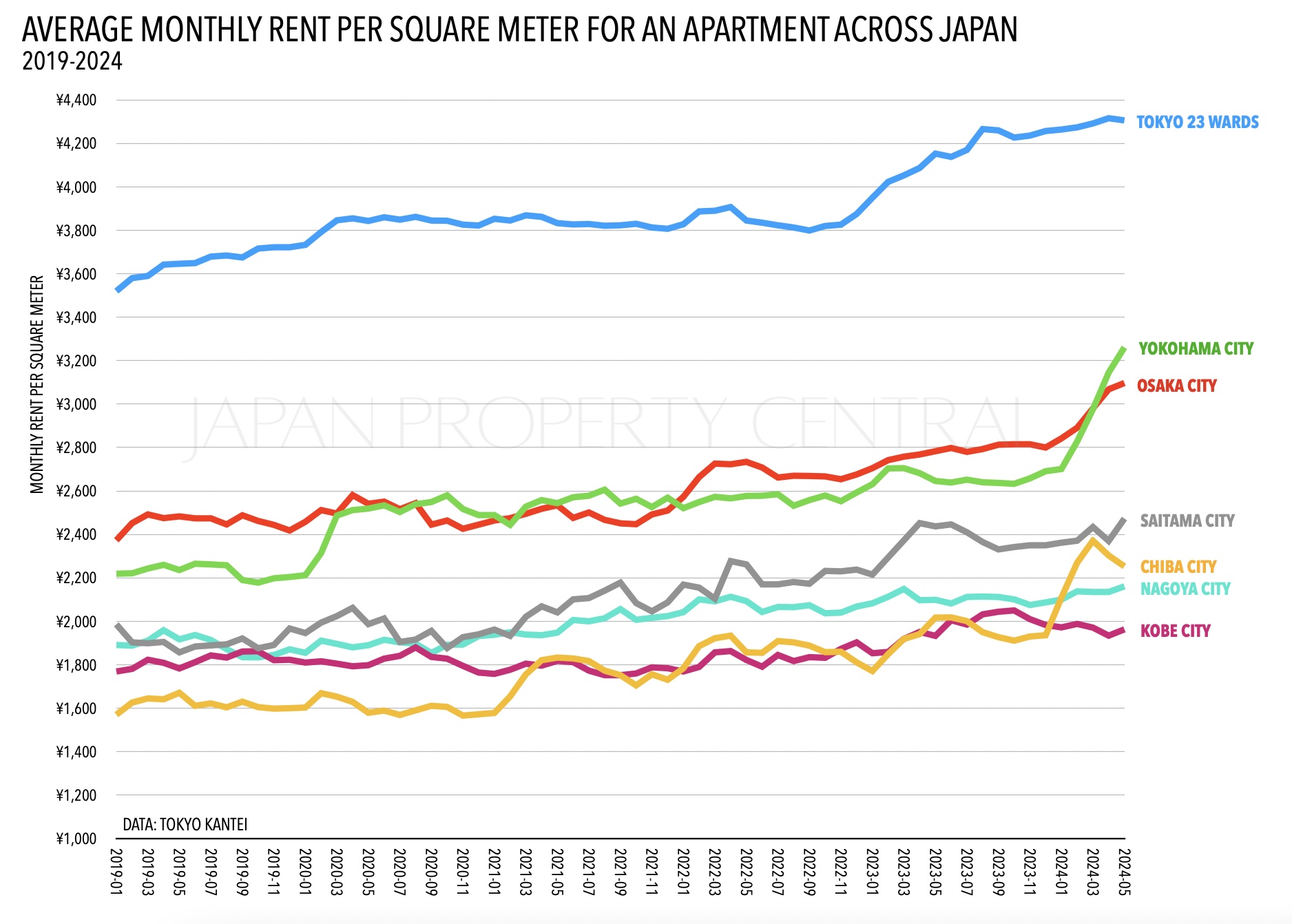limitations to the size of fast turn rigid flex pcbs
Fast turn rigid-flex PCBs offer a unique combination of flexibility and rigidity that makes them ideal for a wide range of applications. However, like any technology, they are not without their limitations. One such limitation is the size constraints imposed by the manufacturing process and design considerations. In this article, we’ll explore the limitations to the size of fast turn rigid-flex PCBs and how they can impact their use in electronic devices.
One of the primary limitations to the size of fast turn rigid-flex PCBs is the manufacturing process itself. The fabrication of these specialized PCBs involves laminating together multiple layers of flexible polyimide film and rigid substrate material, then etching away the unwanted material to create the desired circuitry. This process is inherently more complex and time-consuming than traditional PCB manufacturing methods, which can limit the size of the PCB that can be produced in a timely and cost-effective manner.
Moreover, the design of fast turn rigid flex pcb must take into account the mechanical and electrical requirements of the application, which can further constrain the size of the PCB. For example, designs that require intricate routing, tight tolerances, or advanced features such as blind and buried vias may be more challenging to manufacture in larger sizes. Additionally, the need to accommodate components, connectors, and other features on the PCB can also limit the available space for circuitry, further constraining the size of the PCB.

Are there any limitations to the size of fast turn rigid flex pcbs?
Furthermore, the materials used in the construction of fast turn rigid-flex PCBs can also impose limitations on their size. Flexible polyimide film, while highly flexible and durable, has physical limitations in terms of size and thickness. Similarly, rigid substrate materials such as FR4 have limitations in terms of size and thickness as well. These material constraints can impact the overall size and thickness of the PCB, limiting the range of sizes that can be feasibly produced.
Additionally, there may be practical limitations to the size of fast turn rigid-flex PCBs imposed by factors such as transportation, handling, and assembly. Large or oversized PCBs may be difficult to transport and handle during manufacturing and assembly processes, increasing the risk of damage or errors. Similarly, oversized PCBs may not fit within the physical constraints of the electronic device or enclosure, limiting their practical use in real-world applications.
Despite these limitations, advances in manufacturing technology and design techniques are continually pushing the boundaries of what is possible with fast turn rigid-flex PCBs. New materials, fabrication processes, and design tools are enabling the production of larger and more complex PCBs with improved performance and reliability. Additionally, innovations in miniaturization and component integration are allowing designers to create smaller and more compact electronic devices without compromising functionality or performance.
In conclusion, while there are limitations to the size of fast turn rigid-flex PCBs, advances in technology and design are continually expanding the possibilities for these specialized PCBs. By carefully considering the manufacturing process, design requirements, and practical constraints, engineers and designers can create fast turn rigid-flex PCBs that meet the specific needs of their applications, whether they are large-scale industrial systems or compact consumer electronics.













+ There are no comments
Add yours